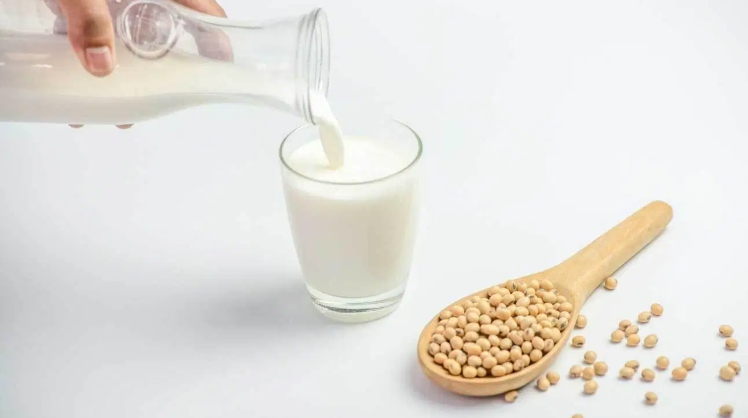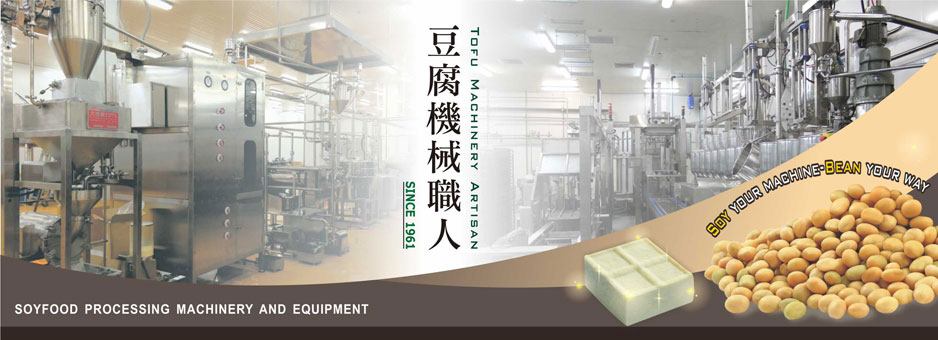
What Is Soy and What Are the Different Types?
Soybeans are a type of legume that can be eaten whole or processed into a variety of forms.
Whole Soy Products
Whole soy products are the least processed and include soybeans and edamame, which are immature (green) soybeans. Soy milk and tofu are also made from whole soybeans .
While mature soybeans are rarely eaten whole in the Western diet, edamame is a favorite high-protein appetizer in Asian cuisines.
Soy milk is made by soaking and grinding whole soybeans, boiling them in water and then filtering out the solids. It’s commonly used as a milk alternative by people who cannot tolerate dairy or wish to avoid milk.
Tofu is made by coagulating soy milk and pressing the curds into blocks. It’s a common source of plant-based protein in vegetarian diets.
Fermented Soy
Fermented soy products are processed using traditional methods and include soy sauce, tempeh, miso and natto .
Soy sauce is a liquid condiment made from fermented soy, roasted grains, salt water and a type of mold.
Tempeh is a fermented soy cake that originated in Indonesia. Though not as popular as tofu, it’s also commonly eaten as a source of protein in vegetarian diets.
Miso is a traditional Japanese seasoning paste made from soybeans, salt and a type of fungus.
Soy-Based Processed Foods
Soy is used to make several processed foods, including vegetarian and vegan meat substitutes, yogurts and cheeses.
Soy flours, texturized vegetable protein and soybean oil are used in many packaged foods.
Soy Supplements
Soy protein isolate is a highly processed derivative of soy made by grinding soybeans into flakes and extracting the oil. The flakes are then mixed with alcohol or alkaline water, heated, and the resulting soy concentrate is spray-dried into a powder.
Soy protein isolate is available in many protein powders and also added to many processed foods, such as protein bars and shakes.
Other soy supplements include soy isoflavones, which are available in capsule form, and soy lecithin, which can be taken in capsules or as a powder.
By Jillian Kubala, MS, RD
https://www.healthline.com/nutrition/soy-good-or-bad





